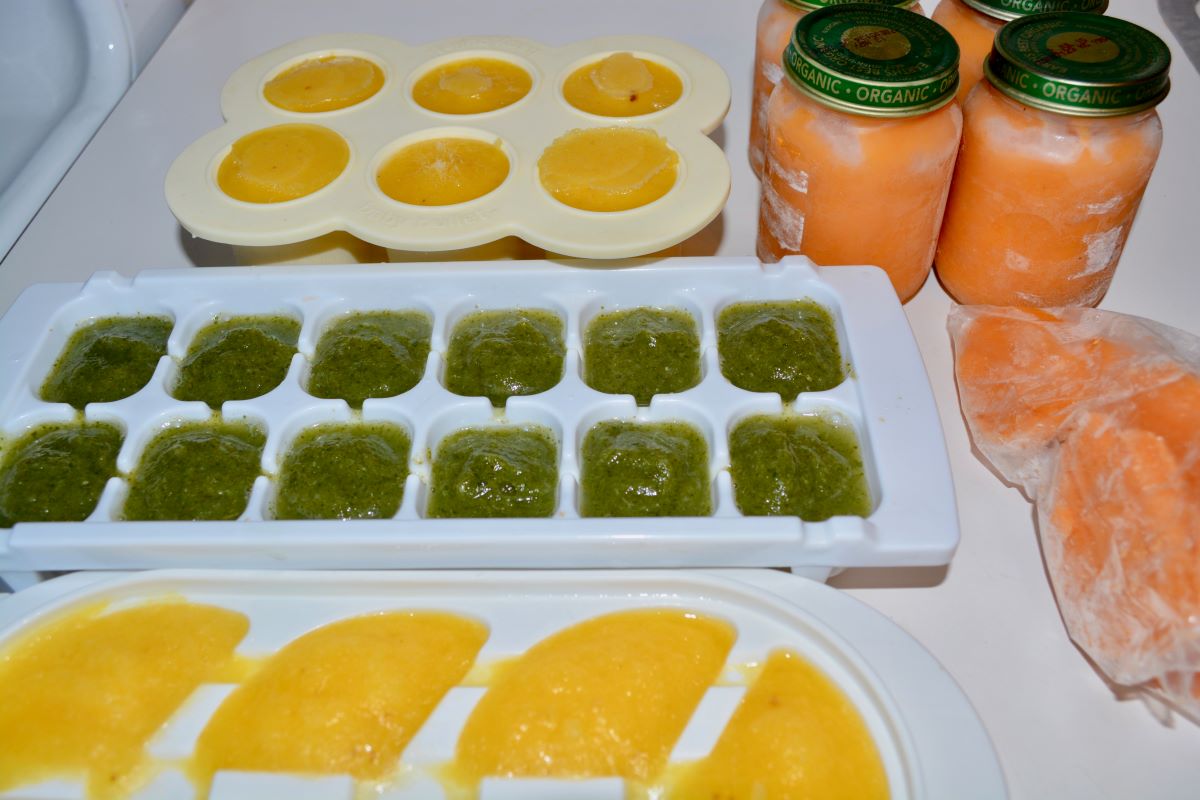

Articles
How To Store Homemade Baby Food In Freezer
Modified: February 28, 2024
Learn how to store homemade baby food in the freezer to keep it fresh and convenient for your little one. Read our articles for helpful tips and tricks.
(Many of the links in this article redirect to a specific reviewed product. Your purchase of these products through affiliate links helps to generate commission for Storables.com, at no extra cost. Learn more)
Introduction
Welcome to the wonderful world of homemade baby food! As a parent, you want nothing but the best for your little one, and that includes providing nutritious and delicious meals. Making your own baby food not only allows you to control the ingredients and flavors, but it can also save you money in the long run.
One of the challenges of preparing homemade baby food is how to store it properly for future use. This is where the freezer becomes your new best friend. Freezing homemade baby food is a convenient way to ensure you always have a stash of nutritious meals on hand, ready to serve in a matter of minutes.
In this article, we will explore the benefits of freezing homemade baby food, safety guidelines to follow, step-by-step instructions for storing baby food in the freezer, tips for choosing the right containers, and helpful advice for thawing and reheating frozen baby food. So let’s jump right in and master the art of storing homemade baby food in the freezer!
Key Takeaways:
- Freezing homemade baby food extends its shelf life, saves time, and preserves nutritional value. It’s a cost-effective, customizable, and convenient option for busy parents seeking wholesome meals for their little ones.
- Properly storing, labeling, and organizing frozen baby food ensures easy retrieval and maintains freshness. Following safety guidelines, choosing suitable containers, and thawing/reheating techniques are essential for providing safe and nutritious meals for your baby.
Read more: How To Store Homemade Baby Food
Benefits of Storing Homemade Baby Food in the Freezer
Freezing homemade baby food offers numerous benefits for both you and your little one. Here are some of the key advantages:
- Prolongs Shelf Life: By freezing homemade baby food, you can extend its shelf life significantly. This allows you to prepare larger batches of food at once, saving you time in the kitchen and ensuring that you always have a variety of options available for your baby.
- Saves Time and Effort: With a busy schedule, it can be challenging to cook fresh baby food every day. By freezing homemade baby food, you can prepare multiple meals in advance, reducing the time and effort spent in the kitchen on a daily basis.
- Preserves Nutritional Value: Freezing is an excellent method for preserving the nutritional quality of baby food. It helps to retain essential vitamins, minerals, and nutrients, ensuring that your little one receives the maximum nutritional benefits from their meals.
- Convenient and On-the-Go: When you freeze homemade baby food, it becomes a convenient option for on-the-go meals. Simply thaw and reheat as needed, whether you’re at home, on a playdate, or traveling. This saves you from relying on store-bought options, which may contain additives or preservatives.
- Cost-Effective: Making your own baby food is already a cost-effective alternative to buying pre-packaged options. By freezing homemade baby food, you can further economize by buying ingredients in bulk and taking advantage of seasonal produce.
- Customizable Flavors and Textures: When you make your own baby food, you have complete control over the flavors and textures. Freezing allows you to experiment with a wide variety of ingredients and combinations, introducing your little one to a diverse range of tastes.
Overall, freezing homemade baby food provides convenience, nutrition, and flexibility, making it an ideal solution for busy parents who want to provide their little ones with wholesome and delicious meals.
Safety Guidelines for Freezing Homemade Baby Food
When it comes to storing homemade baby food in the freezer, it’s crucial to follow certain safety guidelines to ensure the freshness and quality of the food. Here are some important tips to keep in mind:
- Always start with fresh ingredients: Use fresh, high-quality ingredients when making homemade baby food. Opt for organic produce whenever possible, and practice proper food handling and hygiene throughout the preparation process.
- Be mindful of food storage durations: Homemade baby food can typically be stored in the freezer for 1-3 months. It’s best to label each container with the date it was prepared to keep track of its freshness.
- Ensure proper cooling: Allow the cooked baby food to cool completely before transferring it to the freezer. Rapidly cooling hot food helps to prevent the growth of bacteria and maintain food safety.
- Use appropriate freezer-friendly containers: Choose containers that are safe for freezing. BPA-free plastic containers, silicone ice cube trays, and glass jars with proper lids are all great options for storing baby food in the freezer.
- Portion the food appropriately: Divide the baby food into small, single-serving portions. This allows you to thaw only what you need, preventing waste and maintaining the quality of the remaining frozen food.
- Avoid overfilling containers: Leave some space at the top of each container or ice cube tray to allow for expansion during freezing. This helps to prevent leakage and ensures that the containers are properly sealed.
- Keep a consistent freezer temperature: Set your freezer to a consistent temperature of 0°F (-18°C) or lower to maintain the quality and freshness of the baby food. Regularly check the temperature to ensure it remains at the optimal range.
- Practice proper thawing and reheating: Thaw frozen baby food in the refrigerator overnight or use a steam or microwave method for quick heating. Always stir and test the temperature of the food before feeding it to your baby.
- Discard leftover thawed food: If there is any leftover thawed baby food that your baby does not consume, discard it. Avoid refreezing thawed food as it can compromise its quality and safety.
By following these safety guidelines, you can ensure that the homemade baby food stored in your freezer remains fresh, safe, and ready to serve whenever your little one needs a nutritious meal.
Step-by-Step Guide to Storing Homemade Baby Food in the Freezer
Now that you understand the benefits and safety guidelines of freezing homemade baby food, let’s dive into the step-by-step process of storing it in the freezer:
- Cook and prepare the baby food: Begin by cooking and pureeing the ingredients for your homemade baby food. Ensure that the food is properly cooked, soft, and free from any large chunks that may pose a choking hazard.
- Cool the baby food: Allow the cooked baby food to cool completely before proceeding to the next step. You can speed up the cooling process by placing the food in a shallow container and placing it in the refrigerator for a short while.
- Choose the right storage containers: Select freezer-safe containers that are appropriate for storing baby food. BPA-free plastic containers, ice cube trays, and glass jars with proper lids are all suitable options. Ensure that the containers are clean and dry before use.
- Portion the baby food: Divide the baby food into small, single-serving portions. Using an ice cube tray allows you to create individual servings that can easily be thawed as needed. Alternatively, you can use small freezer-safe containers for portioning.
- Fill the containers: Spoon the baby food into each container, leaving a small amount of space at the top. This space allows for expansion during freezing and ensures that the lids will seal properly.
- Seal and label the containers: Secure the lids tightly on the containers, ensuring they are properly sealed. Label each container with the date of preparation using a waterproof marker or adhesive labels. This will help you keep track of freshness.
- Arrange the containers in the freezer: Place the filled and labeled containers in the freezer in a single layer, leaving space between them if possible. This promotes faster freezing and allows for easier organization.
- Freeze the baby food: Allow the baby food to freeze completely. This typically takes about 4-6 hours, but may vary depending on the size and thickness of the portions. Once frozen, you can rearrange the containers for more efficient storage.
- Store in a suitable freezer location: Transfer the frozen baby food to a designated area in your freezer. Keep similar items together for easier retrieval and organization.
By following these steps, you can ensure that your homemade baby food is properly portioned, sealed, labeled, and stored in the freezer. It will be readily available whenever your little one is ready for a nutritious and delicious meal!
Choosing the Right Containers for Freezing Baby Food
Choosing the right containers plays a vital role in properly storing baby food in the freezer. The containers you select should be safe, convenient, and freezer-friendly. Here are some factors to consider when choosing containers:
- Material: Opt for containers that are made of BPA-free plastic, silicone, or glass. These materials are safe for storing baby food and do not affect the taste or quality of the food.
- Freezer-safe: Ensure that the containers you choose are specifically labeled as freezer-safe. This ensures that they can withstand the low temperatures of the freezer without cracking or becoming damaged.
- Size and portion control: Consider the portion sizes and your baby’s feeding needs. Smaller containers or ice cube trays are ideal for freezing single servings, while larger containers are suitable for bigger portions or batch cooking.
- Sealability: Look for containers with secure lids or covers to prevent any air or moisture from seeping in. A tight seal helps maintain freshness and prevents freezer burn.
- Stackability: Containers that are stackable make efficient use of freezer space. They allow you to easily organize and retrieve the frozen baby food without any hassle.
- Easy to clean: Containers that are dishwasher-safe or easy to clean by hand save you time and effort. Make sure the containers you choose are easy to wash and sanitize after each use.
Ice cube trays are particularly useful for freezing smaller portions of baby food. They allow you to freeze individual servings, making it convenient to thaw and use only what you need at a time. Once the baby food is frozen in the ice cube trays, you can transfer the frozen cubes to airtight containers or freezer bags for long-term storage.
Glass jars with proper lids are another great option for freezing baby food. They are environmentally friendly, reusable, and do not retain any odors or stains. Make sure to choose jars that have wide mouths, as this makes it easier to fill and empty the containers.
Regardless of the type of container you choose, it’s important to label each one with the date of preparation. This helps you keep track of freshness and ensures that you use the oldest containers first.
By selecting the right containers for freezing baby food, you can safely store and preserve the quality of your homemade meals until your little one is ready to enjoy them.
When storing homemade baby food in the freezer, use ice cube trays to portion out the food. Once frozen, transfer the cubes to a labeled freezer bag for easy storage and portion control.
Read more: How To Store Homemade Bread In Freezer
Thawing and Reheating Frozen Homemade Baby Food
Thawing and reheating frozen homemade baby food requires proper techniques to ensure that the food is safe to consume and retains its nutritional value. Here’s a step-by-step guide to thawing and reheating frozen baby food:
- Thawing in the refrigerator: The safest method for thawing frozen baby food is to transfer the desired portion from the freezer to the refrigerator the night before. Allow the food to thaw slowly in the refrigerator overnight. This gradual thawing ensures that the food remains at a safe temperature and reduces the risk of bacterial growth.
- Quick-thawing in a bowl of warm water: If you need to thaw the baby food quickly, you can place the frozen container in a bowl of warm water. Make sure the container is tightly sealed to prevent water from seeping in. Stir the food occasionally to promote even thawing. Be cautious and check the temperature to avoid overheating.
- Using a steam method: Another quick thawing method is to use a steam method. Place the frozen baby food in a heat-safe dish and place it over a pot of simmering water. Allow the food to steam until it is fully thawed and heated, stirring occasionally. Make sure to check the temperature before serving.
- Reheating in the microwave: If you prefer to use a microwave, transfer the thawed baby food to a microwave-safe dish. Heat the food in short intervals, stirring in between, to ensure even heating. Be cautious and always test the temperature of the food before feeding it to your baby to avoid burns.
Regardless of the thawing method you choose, it’s essential to stir the baby food thoroughly before serving to distribute the heat evenly and avoid any hot spots. Always check the temperature of the food by testing a small amount on the inside of your wrist to ensure it is comfortably warm for your baby.
If your baby is not able to finish the thawed food in one sitting, discard any leftovers. Refreezing thawed baby food is not recommended, as it can compromise its quality and safety.
Keep in mind that some fruits and vegetables may undergo slight texture changes after freezing and thawing. However, this does not affect the nutritional value of the baby food.
By following these thawing and reheating methods, you can ensure that your homemade frozen baby food is safely and properly prepared for your little one to enjoy!
Tips for Organizing and Labeling Frozen Baby Food
Proper organization and labeling of frozen baby food are important for easy retrieval and to maintain the freshness and quality of the food. Here are some helpful tips to keep your freezer well-organized and your baby food properly labeled:
- Use a labeling system: Develop a labeling system that works for you. You can use adhesive labels or waterproof markers to clearly mark each container with the name of the food and the date it was prepared. This ensures that you can easily identify and rotate the oldest containers first.
- Invest in freezer-safe storage bags: Freezer-safe storage bags are a space-saving option for storing baby food. They allow you to squeeze out excess air, preventing freezer burn and maintaining the quality of the food. Be sure to label each bag with the contents and date.
- Arrange items by category: Group similar foods together, such as fruits, vegetables, and protein. This makes it easier to find specific items when needed and helps you plan meals accordingly.
- Consider portion sizes: If you are using ice cube trays to freeze baby food, transfer the frozen food cubes to labeled freezer-safe bags or containers. This way, you can easily grab the desired portion size without having to thaw and re-freeze an entire tray.
- Create a freezer inventory: Keep track of the different types of baby food in your freezer by creating an inventory list. This helps you stay organized and aware of what you have on hand, preventing any food from going to waste.
- Rotate your stock: To ensure that the oldest baby food is used first, practice the “first in, first out” principle. Keep the newest batches behind the older ones in your freezer to ensure that you are using them in the recommended time frame.
- Keep the freezer clutter-free: Regularly clean and organize your freezer to create space for storing baby food. Remove any expired or unused food items to maintain a clutter-free environment.
- Consider using a whiteboard or freezer inventory app: If you have limited space or want a more digital approach, you can use a whiteboard or a freezer inventory app to keep track of the contents of your freezer. This makes it easy to update and check your inventory.
By implementing these tips for organizing and labeling frozen baby food, you can maintain an efficient and well-organized freezer. This will make meal planning and preparation a breeze, ensuring that your little one always has a variety of nutritious options readily available.
Frequently Asked Questions (FAQs) about Freezing Homemade Baby Food
Here are some common questions parents have about freezing homemade baby food:
- Can I freeze any type of baby food?
- How long can I freeze homemade baby food?
- How do I thaw frozen baby food?
- Can I refreeze thawed baby food?
- How can I prevent freezer burn on baby food?
- Do I need to cook baby food before freezing it?
- Can I freeze breast milk or formula?
- Can I freeze homemade baby food in glass jars?
Yes, you can freeze most homemade baby food, including purees, mashed fruits and vegetables, cooked meats, and grains. However, some foods, like avocado and banana, may undergo texture changes after freezing and thawing.
Homemade baby food can typically be stored in the freezer for 1-3 months. Be sure to label each container with the date it was prepared, and use the oldest containers first.
The safest method to thaw frozen baby food is by transferring it from the freezer to the refrigerator the night before. This allows the food to thaw slowly. For quick thawing, you can use the warm water or steam method, but be careful to check the temperature before serving.
No, it is not recommended to refreeze thawed baby food. Once it has thawed, bacteria can start to grow, and refreezing can compromise the taste, texture, and safety of the food.
To prevent freezer burn, ensure that your containers are airtight and properly sealed. Remove excess air from freezer bags, or use containers with tight-fitting lids. It’s also important to use the frozen baby food within the recommended storage time.
Yes, it is important to fully cook baby food before freezing it. Cooking helps to kill any harmful bacteria and ensures that the food is safe for your baby to consume.
Breast milk can be safely stored in the freezer for up to 6 months. Formula, on the other hand, is not recommended for freezing as it can separate and lose its nutritional value. It is best to prepare formula fresh for each feeding.
Yes, you can freeze homemade baby food in glass jars. Make sure to leave some space at the top of the jar to allow for expansion. Use wide-mouth jars for easy filling and ensure the lids are properly sealed. Thaw frozen food in the refrigerator or using the warm water or steam method.
If you have any additional questions or concerns about freezing homemade baby food, it’s best to consult with your pediatrician or a trusted healthcare professional for personalized advice.
Conclusion
Freezing homemade baby food is a practical and convenient way to provide your little one with nutritious and delicious meals. By following the proper guidelines for freezing, you can ensure the freshness, safety, and quality of the food for your baby’s consumption.
The benefits of storing homemade baby food in the freezer are numerous. It extends the shelf life of the food, saves you time and effort in the kitchen, preserves the nutritional value of the meals, and provides convenient on-the-go options. Freezing baby food is also a cost-effective alternative to buying pre-packaged options and allows you to customize the flavors and textures to suit your baby’s preferences.
When freezing homemade baby food, it is essential to choose freezer-safe containers and portion the food appropriately. Properly thawing and reheating the frozen baby food ensures that it is safe to consume and retains its nutritional benefits. Organizing and labeling the frozen baby food help to maintain an orderly freezer and make meal planning effortless.
Remember to adhere to food safety guidelines, use fresh ingredients, and follow hygiene practices during preparation. Be sure to store the frozen baby food for the recommended time frame and discard any leftovers that have been thawed.
By mastering the art of storing homemade baby food in the freezer, you can provide your little one with a variety of wholesome and nutritious meals. Enjoy the convenience and peace of mind that comes with having a freezer stocked with homemade baby food, ready to fuel your baby’s growth and development!
Frequently Asked Questions about How To Store Homemade Baby Food In Freezer
Was this page helpful?
At Storables.com, we guarantee accurate and reliable information. Our content, validated by Expert Board Contributors, is crafted following stringent Editorial Policies. We're committed to providing you with well-researched, expert-backed insights for all your informational needs.
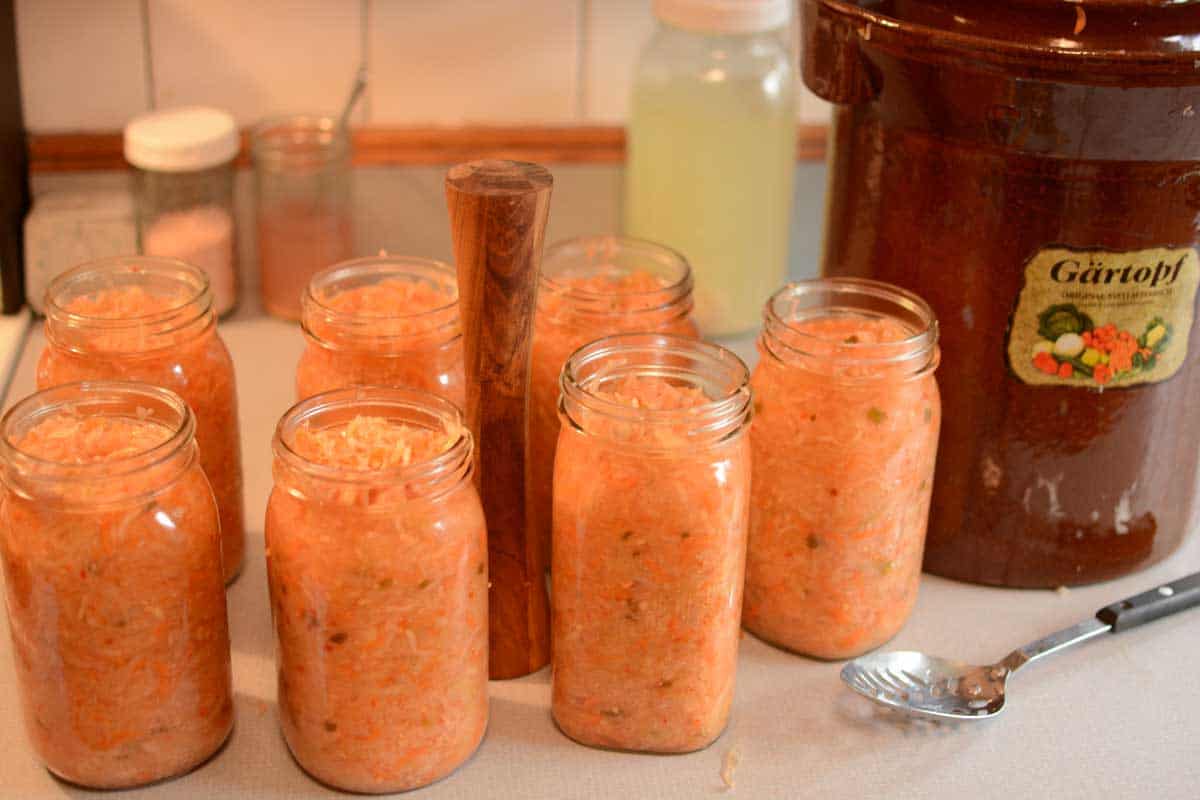
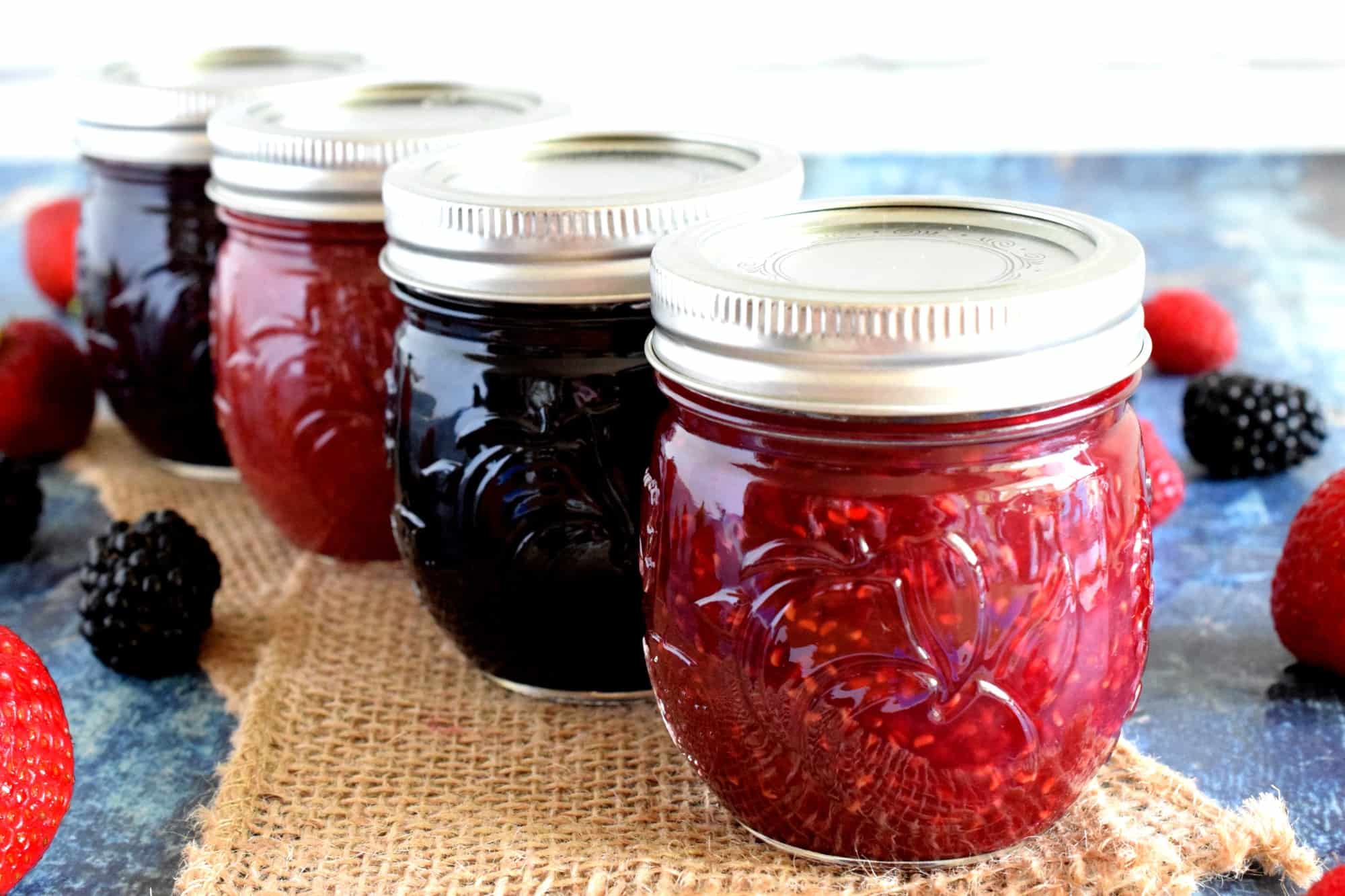
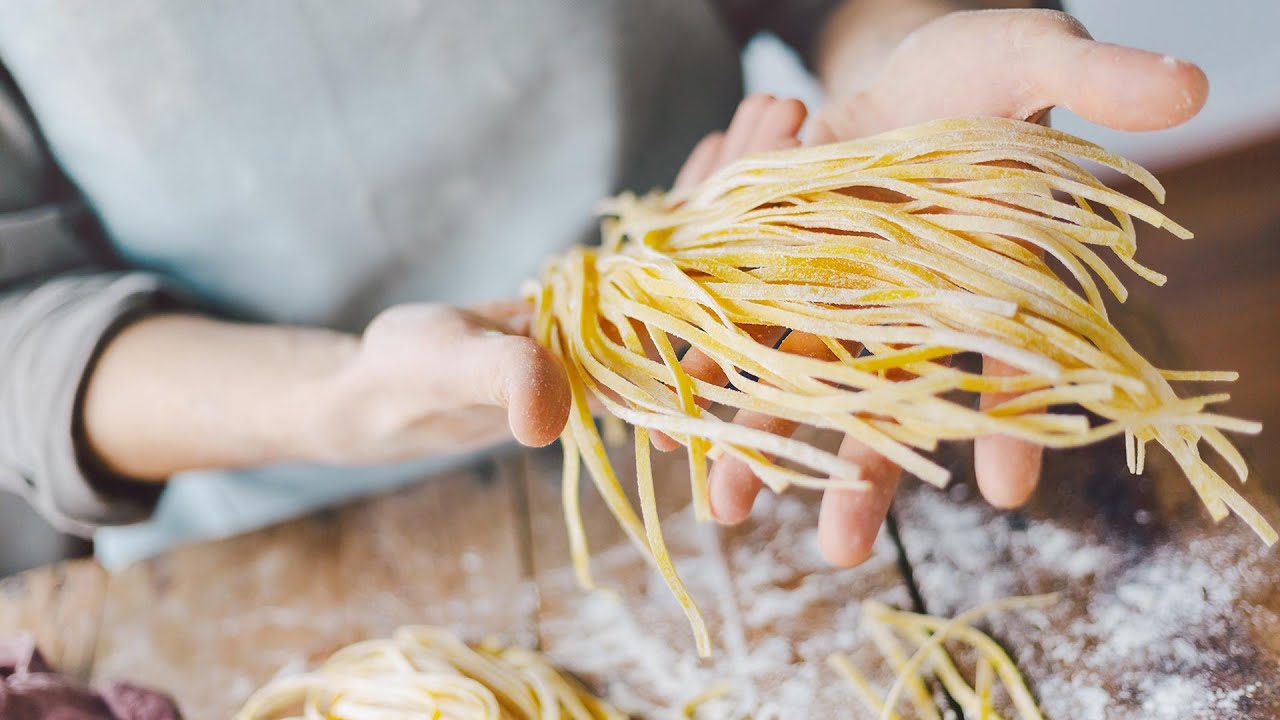
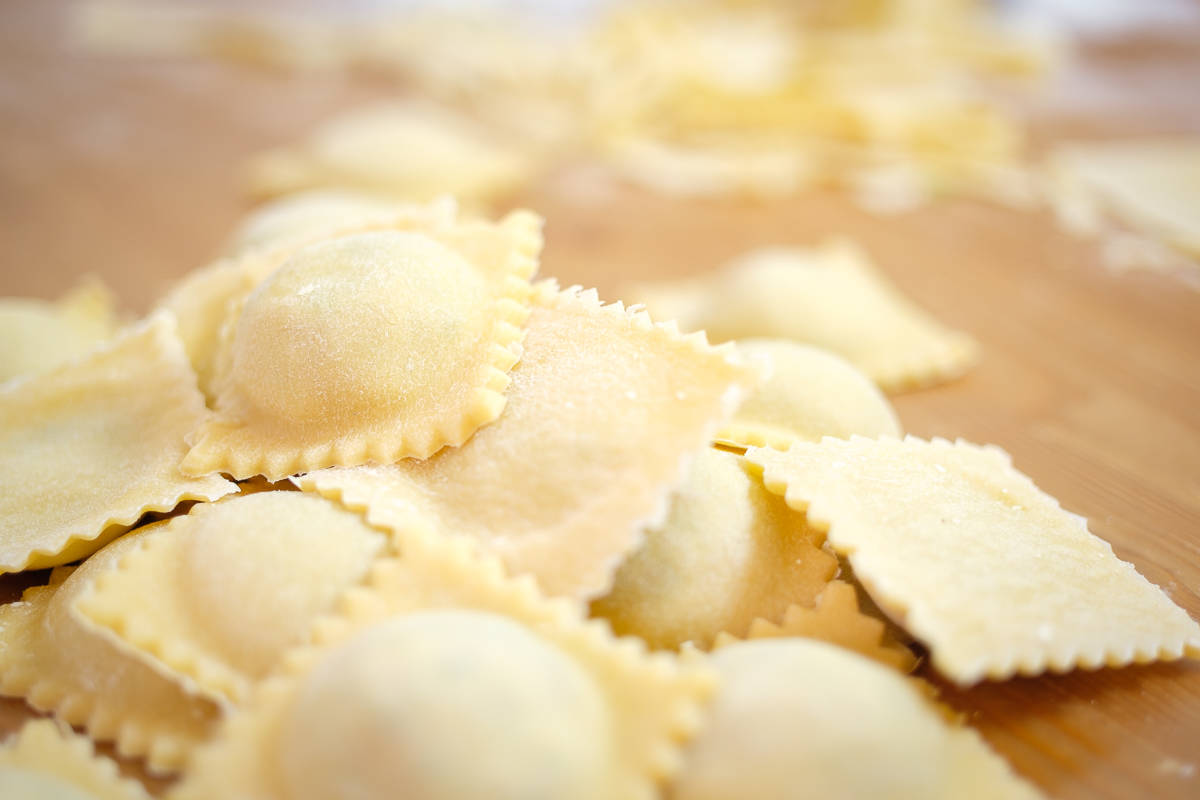
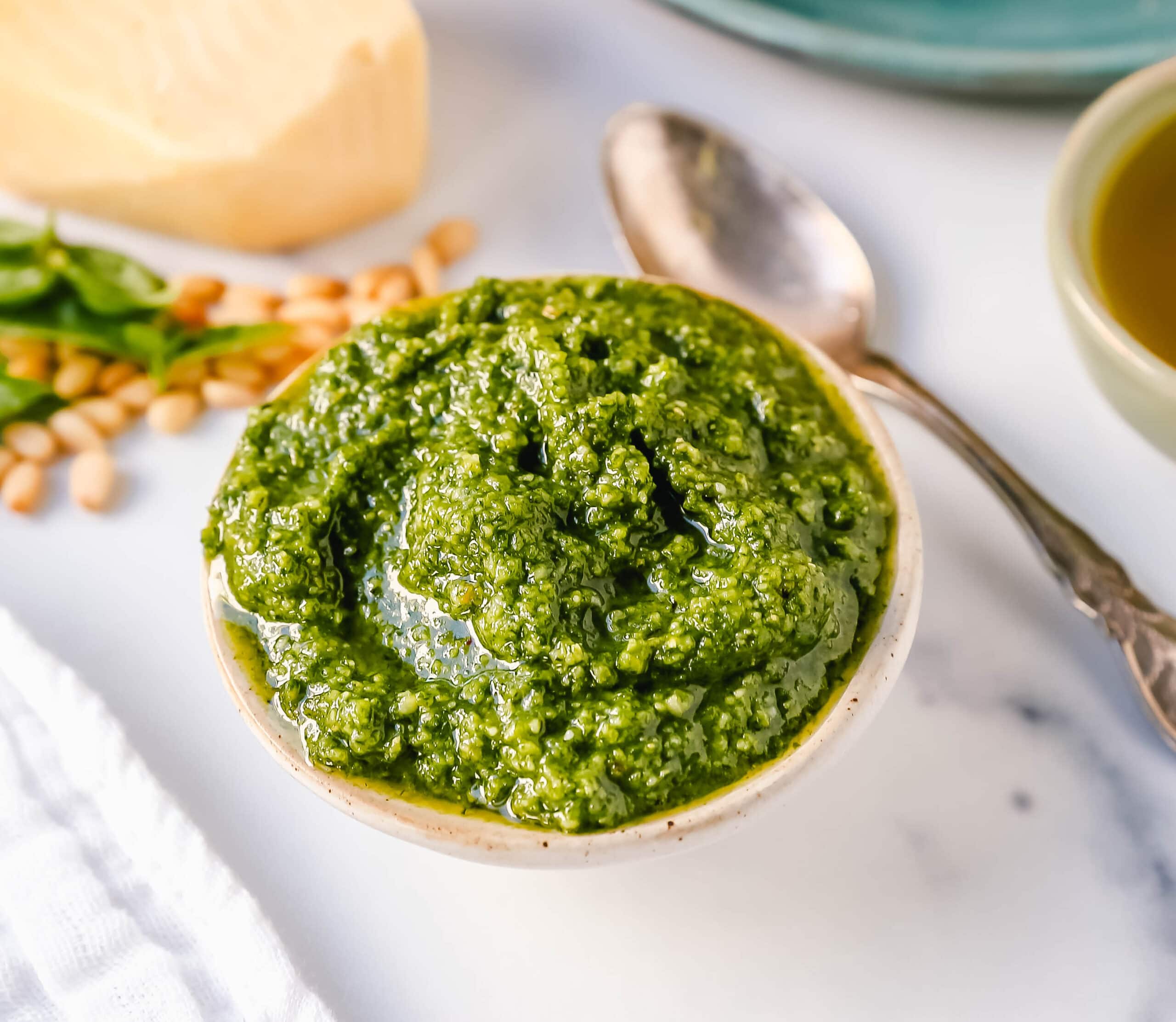
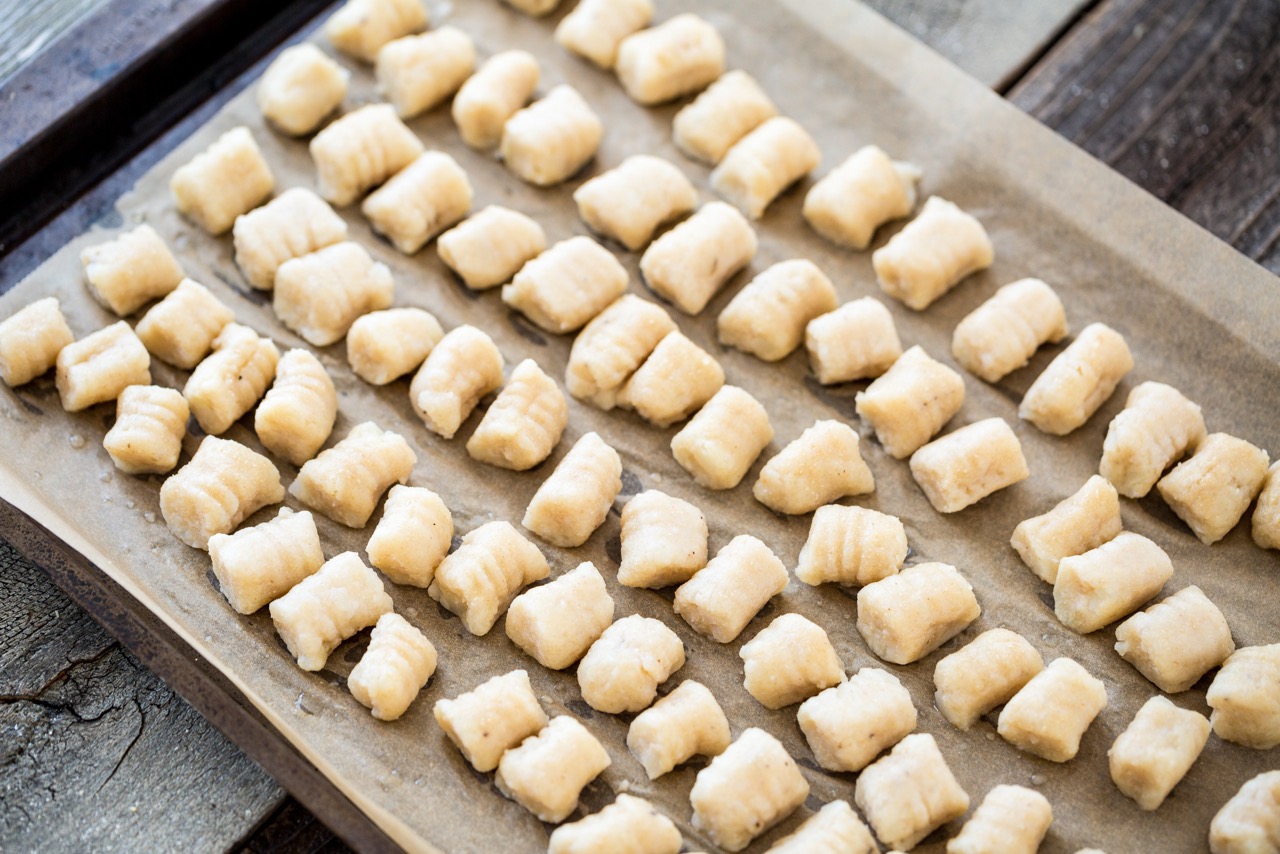
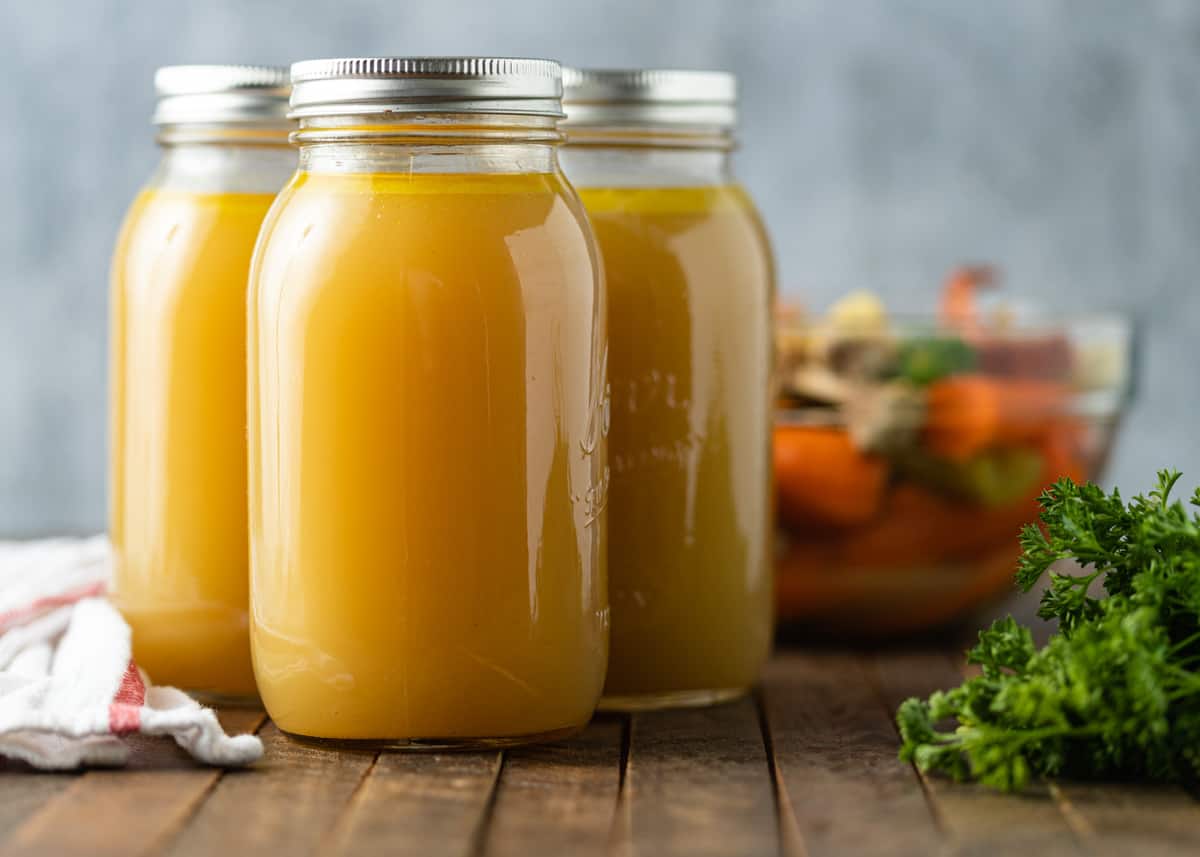

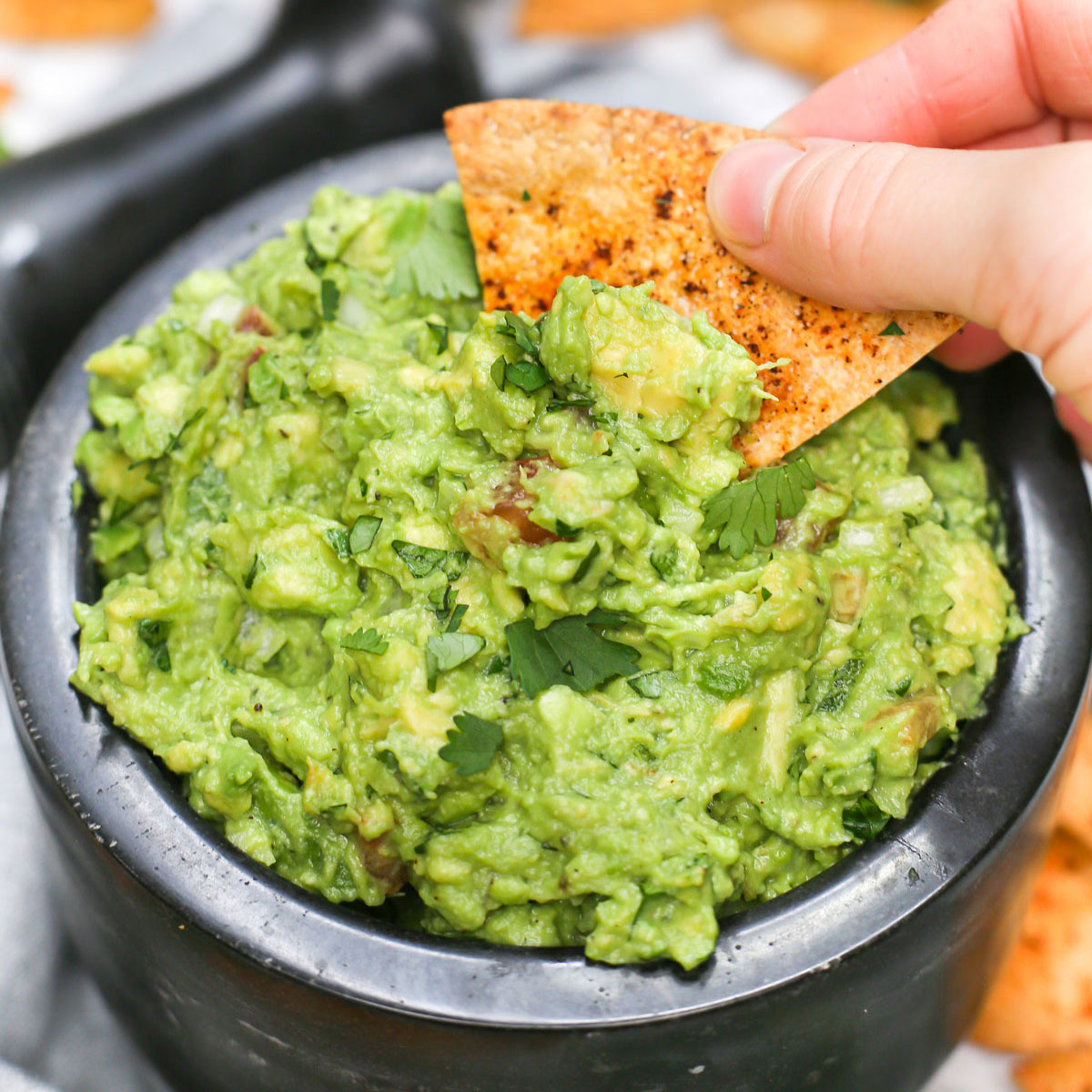
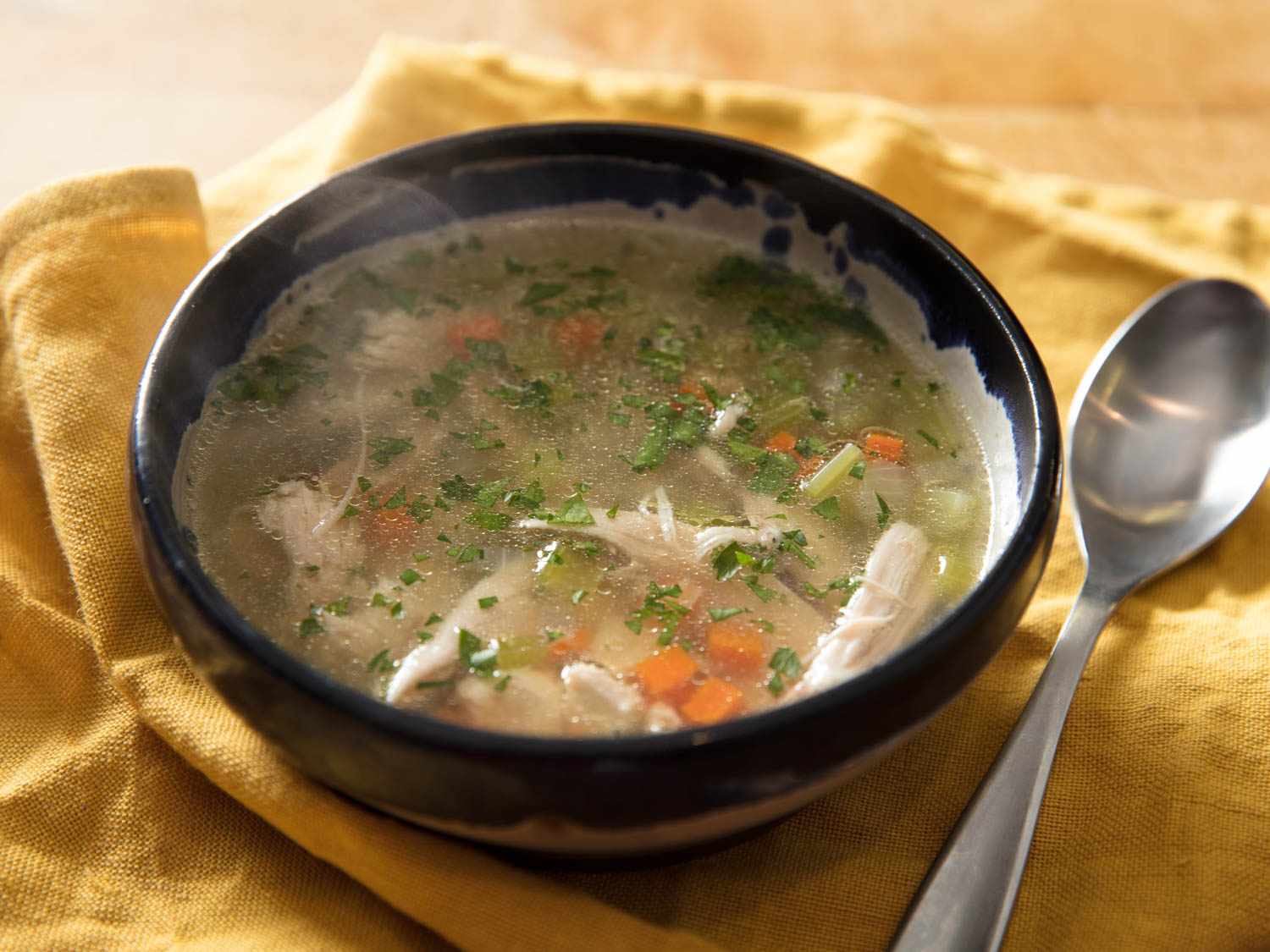
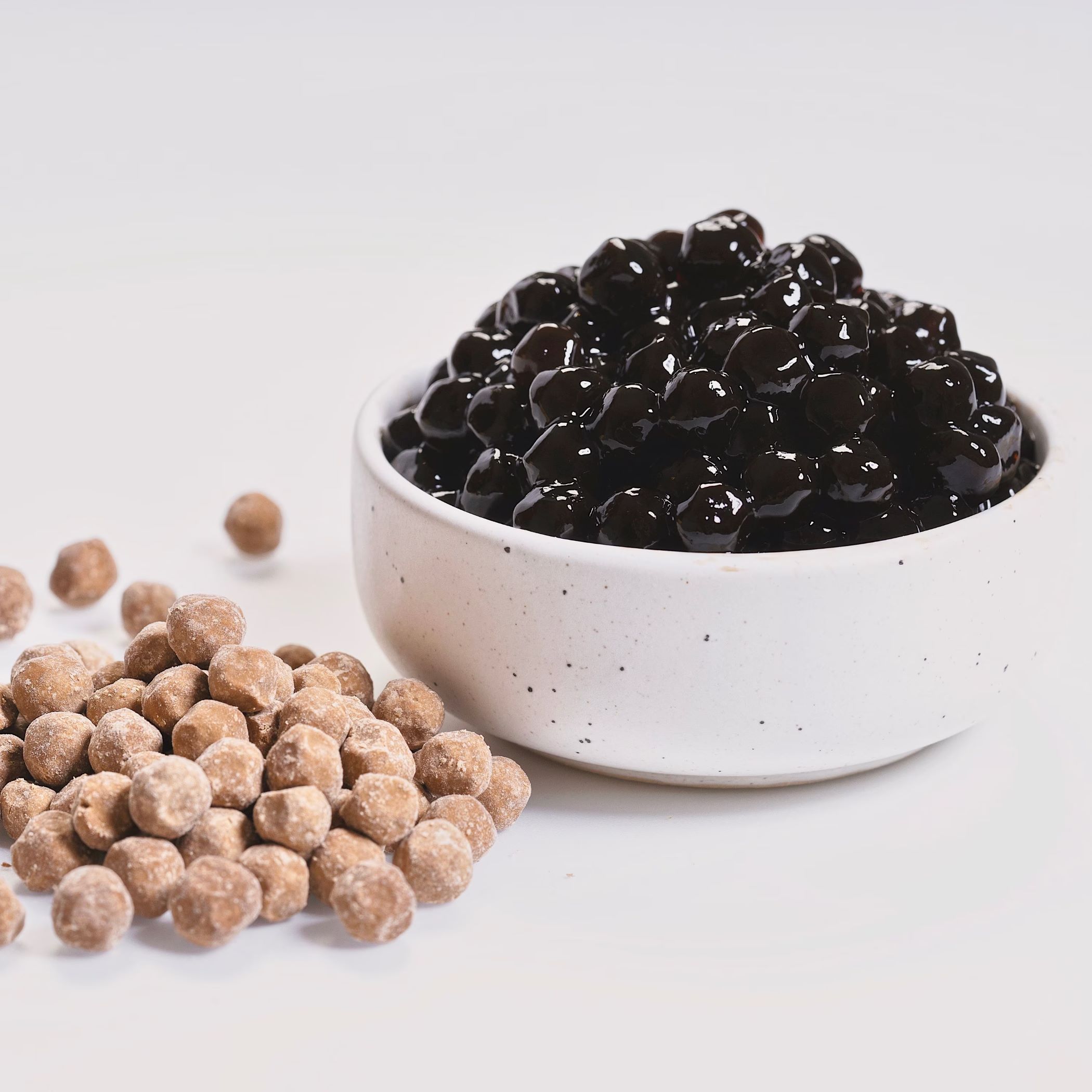
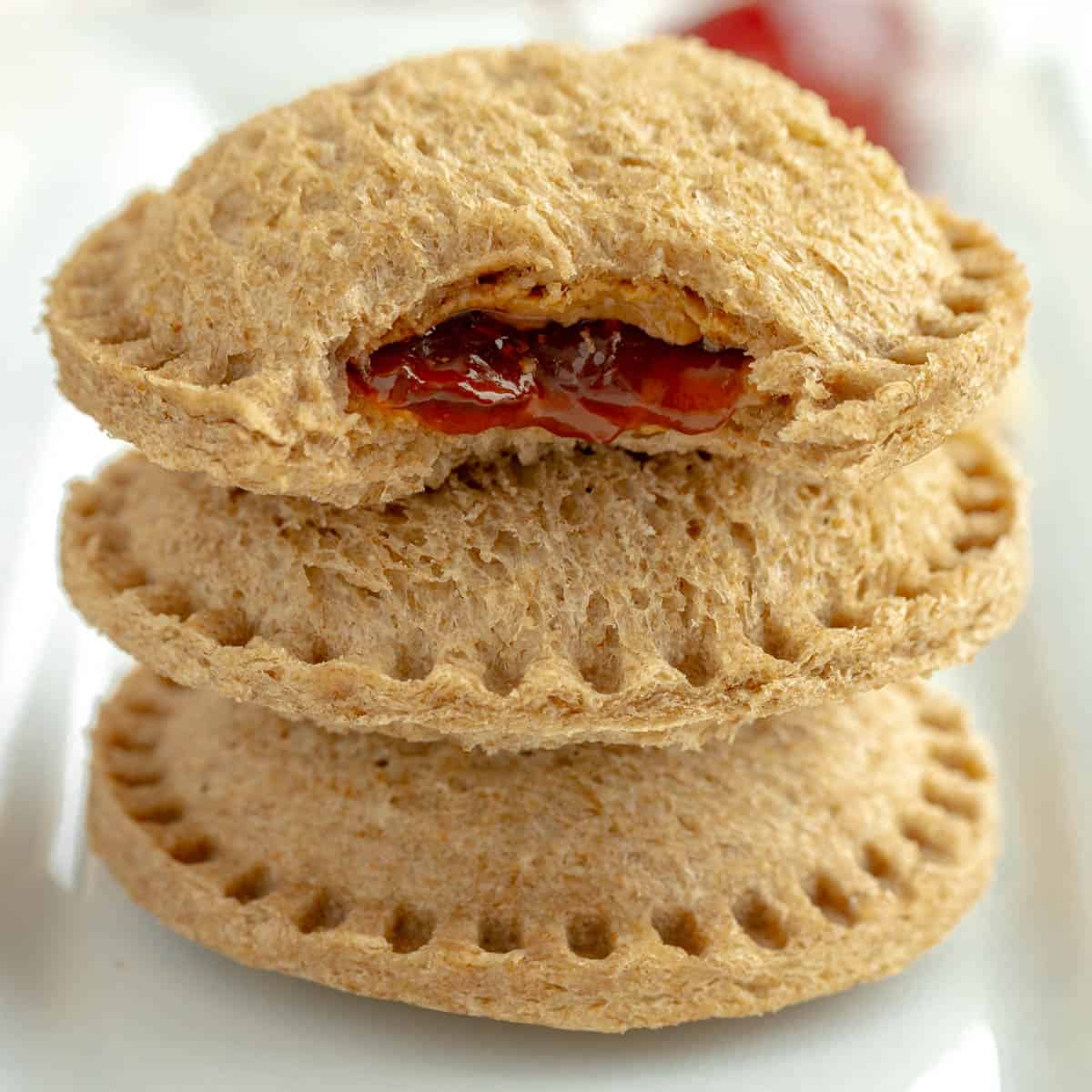
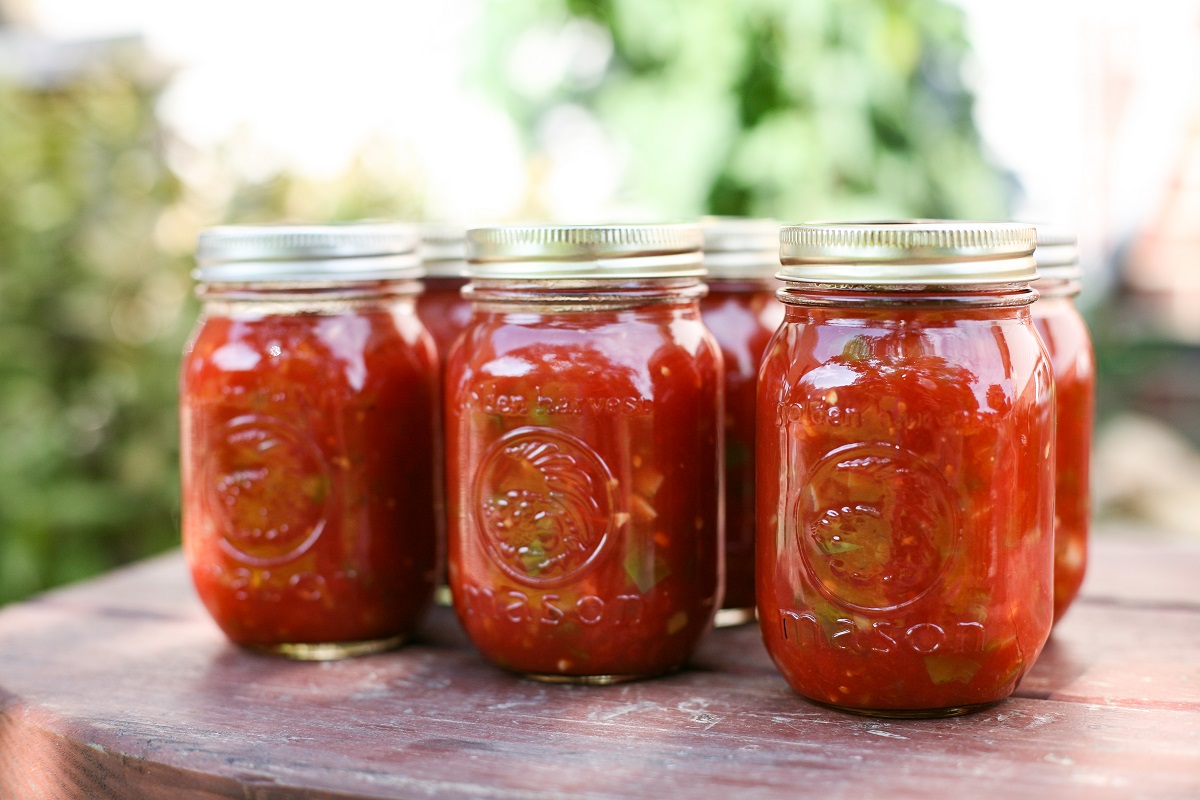
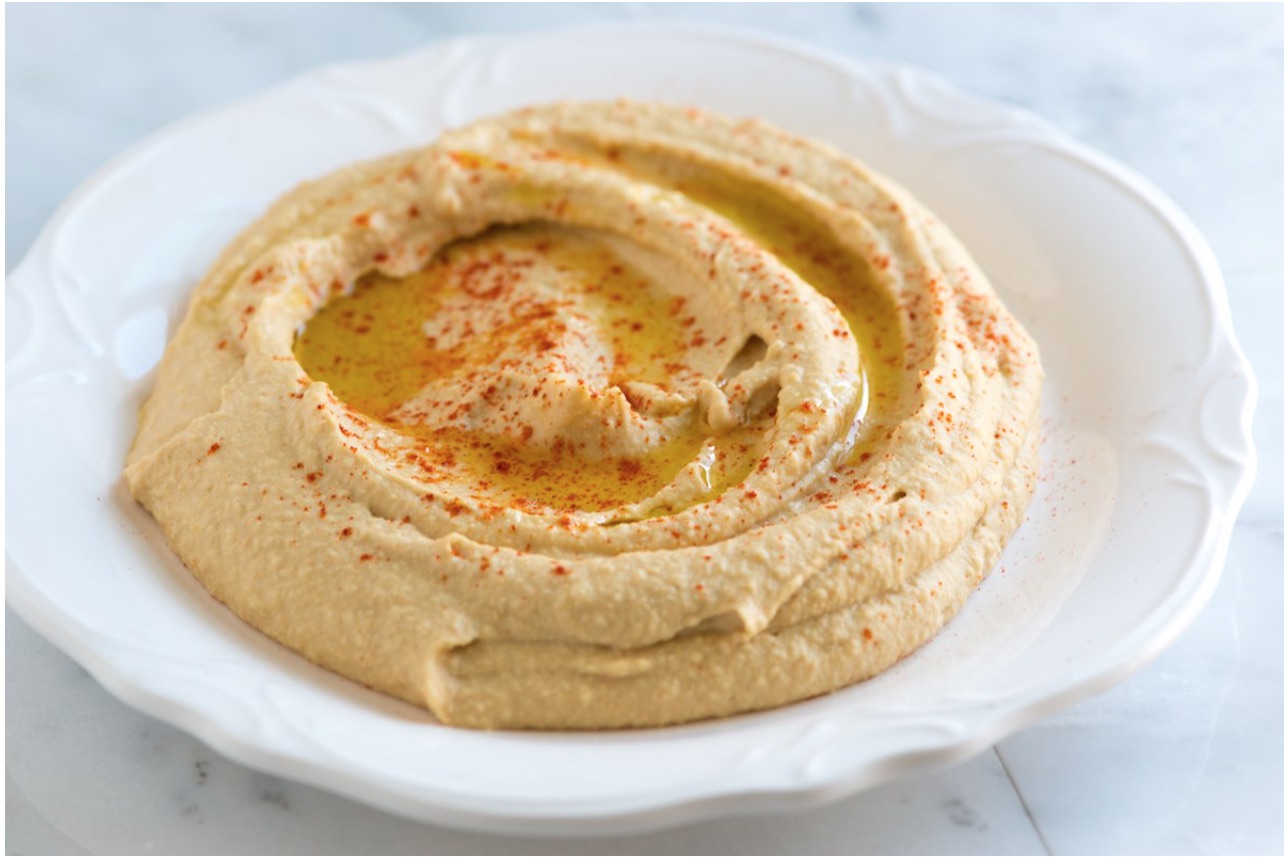

0 thoughts on “How To Store Homemade Baby Food In Freezer”